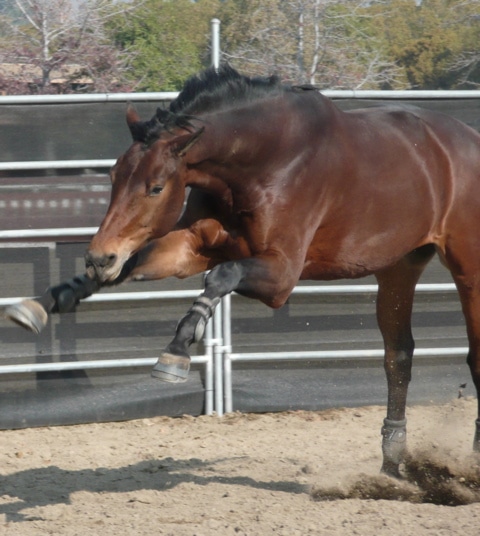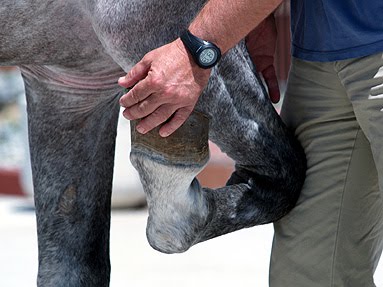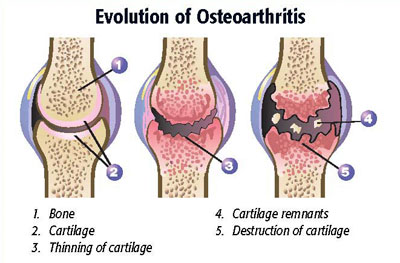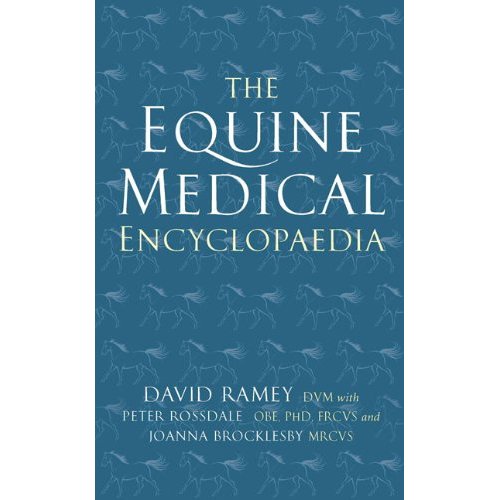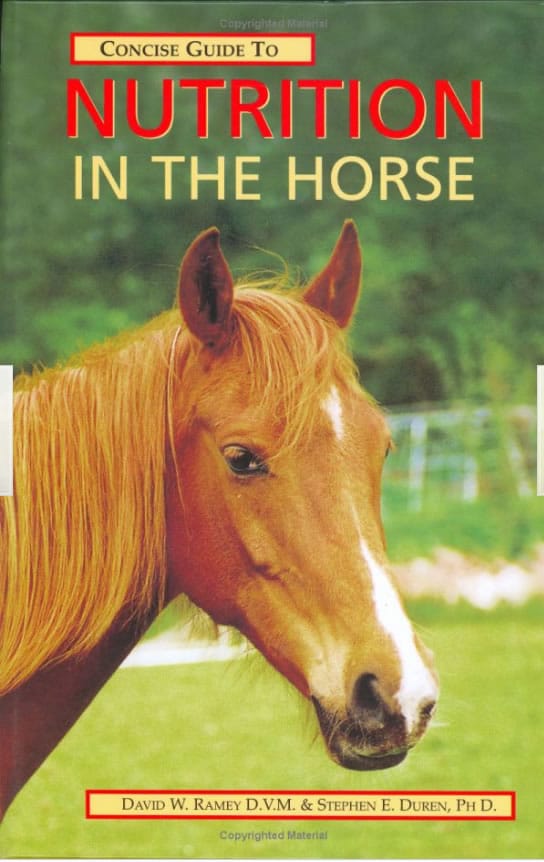 At long last, I am thrilled to let you know that the book, “Lost Traditions: Horses and Horse Medicine in Pre-Modern Japan,” is available for purchase, worldwide.
At long last, I am thrilled to let you know that the book, “Lost Traditions: Horses and Horse Medicine in Pre-Modern Japan,” is available for purchase, worldwide.
The book is the culmination of years of research on a rare, and previously unknown, manuscript about horse medicine in Japan at a time when few people were able to enter Japan. When I was gifted the manuscript on a trip to Japan, I was overwhelmed. It was handwritten, filled with stunning illustrations, and written in a script so old that it had fallen out of use centuries ago. I knew it held something extraordinary. I had to find out what was in it.
Working with researchers, historians, and experts from Israel, Germany, Japan, and the US, I unlocked the secrets of this extraordinary manuscript. The illustrations alone are breathtaking and provide a window into the world of pre-modern Japan. It is a work of history, art, medicine, and mostly, another example of the extraordinary importance of the horse to man, and to the world.
You can buy the book here https://shop.doctorramey.com/ In addition to the book, I’ve made available note cards and art prints of some of the images in the book, including a few that were specifically commissioned for it.
Here’s a review, from Washington State University Professor of History, W. Puck Brecher.
 “David Ramey’s Lost Traditions: Horses and Horse Medicine in Pre-Modern Japan is an encyclopedic exploration of the roles of horses and equine care in early Japan. Anchored by a previously unstudied 15th-century manuscript on equine medicine, the volume is divided into three parts: a historical examination of horses and their roles in early Japan (Part I), a transcription and translation of the manuscript (Part II), and an in-depth discussion of traditional Japanese equine medicine (Part III). The latter offers especially fascinating insights into topics like “demons, deities, and protectors of animals” and “sickness and Sino-Japanese cosmology.”This beautifully crafted volume will appeal to diverse audiences. For horse-lovers and Japanophiles, it offers a remarkably detailed mosaic of facts about Japanese horses that opens fresh perspectives on the medieval and early modern periods. For students of early Japanese texts, the hand-brushed manuscript is transcribed into printed classical Japanese and translated into English, offering an accessible yet authentic engagement with the original. Lavishly illustrated with full-color images and printed on high-quality paper, this unique book also invites readers with no prior knowledge of Japan or horses to explore a world that is both exotic and richly detailed.
“David Ramey’s Lost Traditions: Horses and Horse Medicine in Pre-Modern Japan is an encyclopedic exploration of the roles of horses and equine care in early Japan. Anchored by a previously unstudied 15th-century manuscript on equine medicine, the volume is divided into three parts: a historical examination of horses and their roles in early Japan (Part I), a transcription and translation of the manuscript (Part II), and an in-depth discussion of traditional Japanese equine medicine (Part III). The latter offers especially fascinating insights into topics like “demons, deities, and protectors of animals” and “sickness and Sino-Japanese cosmology.”This beautifully crafted volume will appeal to diverse audiences. For horse-lovers and Japanophiles, it offers a remarkably detailed mosaic of facts about Japanese horses that opens fresh perspectives on the medieval and early modern periods. For students of early Japanese texts, the hand-brushed manuscript is transcribed into printed classical Japanese and translated into English, offering an accessible yet authentic engagement with the original. Lavishly illustrated with full-color images and printed on high-quality paper, this unique book also invites readers with no prior knowledge of Japan or horses to explore a world that is both exotic and richly detailed.
 There is a lot in this story, and I’ll be talking about some fascinating bits of information in future posts. But for now, I hope you’ll take advantage of the opportunity to open a window into a world that has been largely forgotten. Understanding how horses were cared for in Japan centuries ago deepens our connection to these incredible animals today.
There is a lot in this story, and I’ll be talking about some fascinating bits of information in future posts. But for now, I hope you’ll take advantage of the opportunity to open a window into a world that has been largely forgotten. Understanding how horses were cared for in Japan centuries ago deepens our connection to these incredible animals today.
CLICK HERE for a quick peak inside the book. And CLICK HERE to get a copy. I promise you, there’s nothing like it anywhere else in the world.



